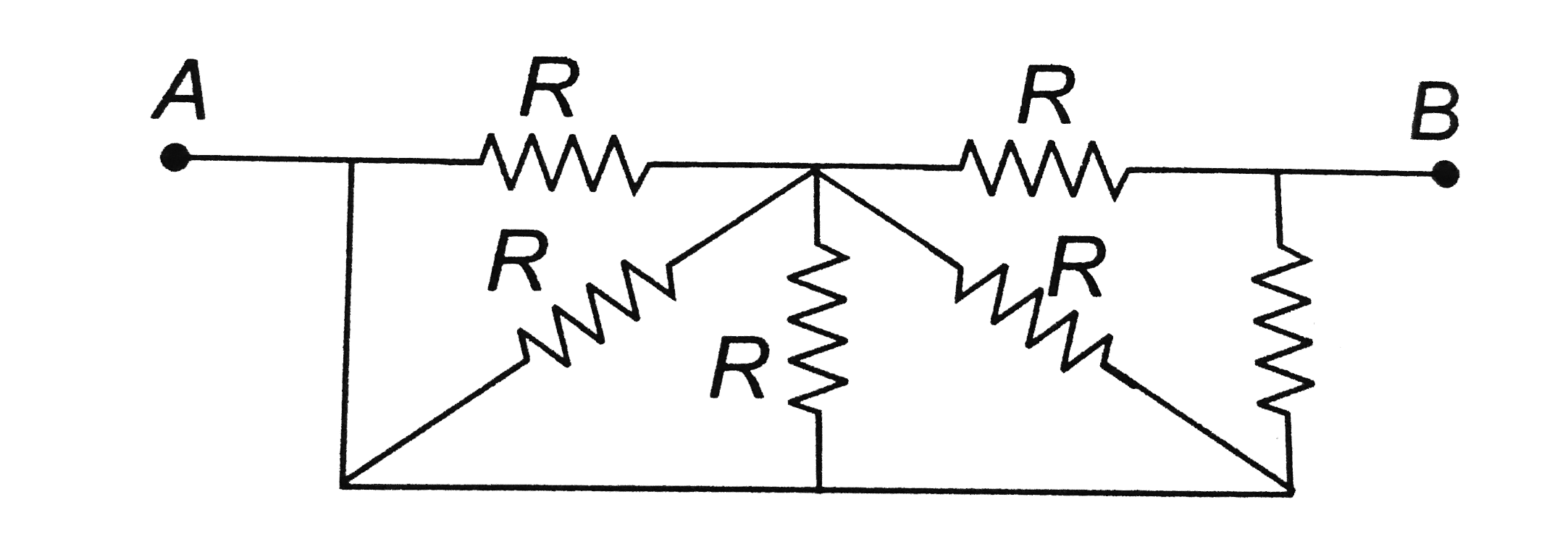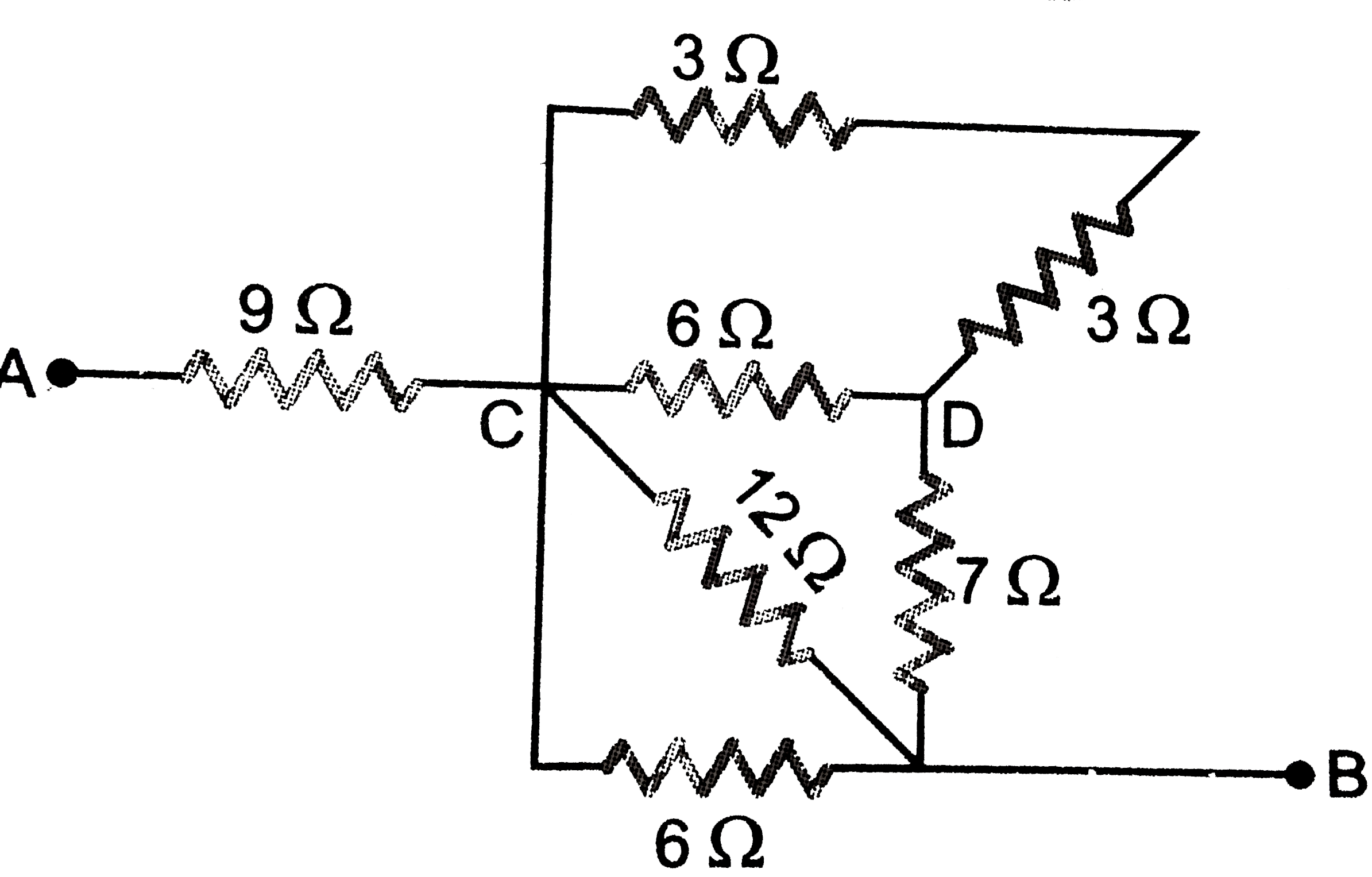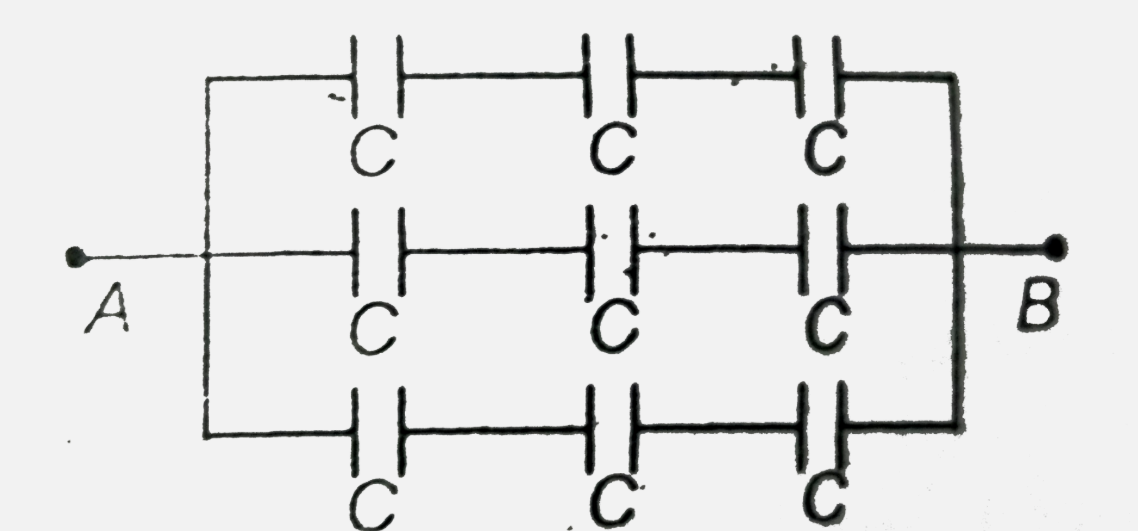Statement The equivalence point refers the condition where equivalents of one species reacts with same number of equivalent of other species.
Explanation The end point of titration is exactly equal to equivalence point.
S is correct but E is wrong.
S is wrong but E is correct.
Both S and E are correct and E is correct explanation of S
Both S and E are correct but E is not correct explanation of S.
The correct Answer is:A
The equivalent point is nearly same but not exactly same to end point. However for all partical purposes the two are taken same.
Topper's Solved these Questions
- REDOX REACTIONSBook:P BAHADURChapter:REDOX REACTIONSExercise:Exercise (7) Comprehension based objective problems
Explore 20 Videos
- RADIO ACTIVITYBook:P BAHADURChapter:RADIO ACTIVITYExercise:Exercies 9
Explore 99 Videos
- THERMOCHEMISTRYBook:P BAHADURChapter:THERMOCHEMISTRYExercise:Exercise 9 Advance numerical problems
Explore 31 Videos
Similar Questions
Knowledge Check
Every conditional statement is equivalent to
Aits contrapositiveBits inverseCits converseDonly itselfThe equivalent weight of a species if acts as oxidant or reductant should be derived by :
Eq. weight of oxidant or reductant
=Mol. wt. of oxidant or reductantNumber of electrons lost or gained by onemoleculae of oxidant or reductant
During chemical reactions, equal equivalents of one species react with same number of equivalents of other species giving same number of equivalent of products. However this is not true for reactants if they react in terms of moles. Also Molarity can be converted to normality by multiplying the molarity with valence factor or 'n' factor.
Equivalent weight of N2 and NH3 in the change N2→NH3 respectively is:A4.67,12.4B9.3,12.4C4.67,5.34D5.34,4.67The equivalent weight of a species if acts as oxidant or reductant should be derived by :
Eq. weight of oxidant or reductant
=Mol. wt. of oxidant or reductantNumber of electrons lost or gained by onemoleculae of oxidant or reductant
During chemical reactions, equal equivalents of one species react with same number of equivalents of other species giving same number of equivalent of products. However this is not true for reactants if they react in terms of moles. Also Molarity can be converted to normality by multiplying the molarity with valence factor or 'n' factor.
Equivalent weight of Fe2O3 in terms of its mol. weight in the change Fe3O4→Fe2O3 isAMBM/2CM/3D3M/2
The equivalent weight of a species if acts as oxidant or reductant should be derived by :
Eq. weight of oxidant or reductant
=Mol. wt. of oxidant or reductantNumber of electrons lost or gained by onemoleculae of oxidant or reductant
During chemical reactions, equal equivalents of one species react with same number of equivalents of other species giving same number of equivalent of products. However this is not true for reactants if they react in terms of moles. Also Molarity can be converted to normality by multiplying the molarity with valence factor or 'n' factor.
The equivalent weight of an element is 13.16. It forms an acidic oxide which with KOH forms a salt isomorphous with K2SO4. The atomic weight of element is:
View SolutionThe equivalent weight of a species if acts as oxidant or reductant should be derived by :
Eq. weight of oxidant or reductant
=Mol. wt. of oxidant or reductantNumber of electrons lost or gained by onemoleculae of oxidant or reductant
During chemical reactions, equal equivalents of one species react with same number of equivalents of other species giving same number of equivalent of products. However this is not true for reactants if they react in terms of moles. Also Molarity can be converted to normality by multiplying the molarity with valence factor or 'n' factor.
One mole of As2S3 is oxidised by HNO3 to H3AsO4 and H2SO4.HNO3 is converted into NO. The moles of HNO3 required are:
View SolutionAssertion: 1 equivalent of H2SO4 contains 1 equivalent of H,S and O each
Reason: A species contains same number of equivalents of its components.
View SolutionThe equivalent resistance between the point A and B is

View SolutionThe equivalent resistance between point A and B for the combination of resistance

View Solution



